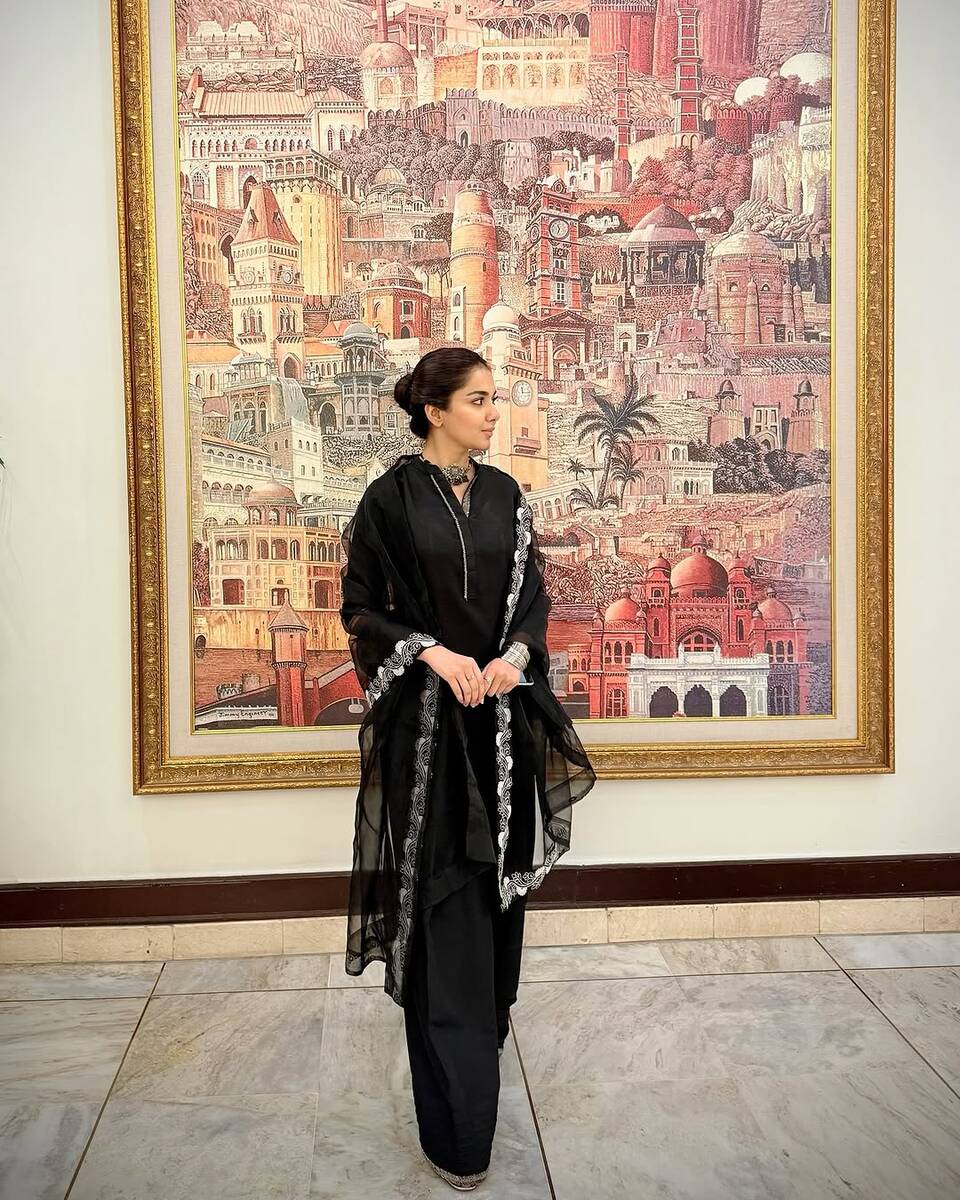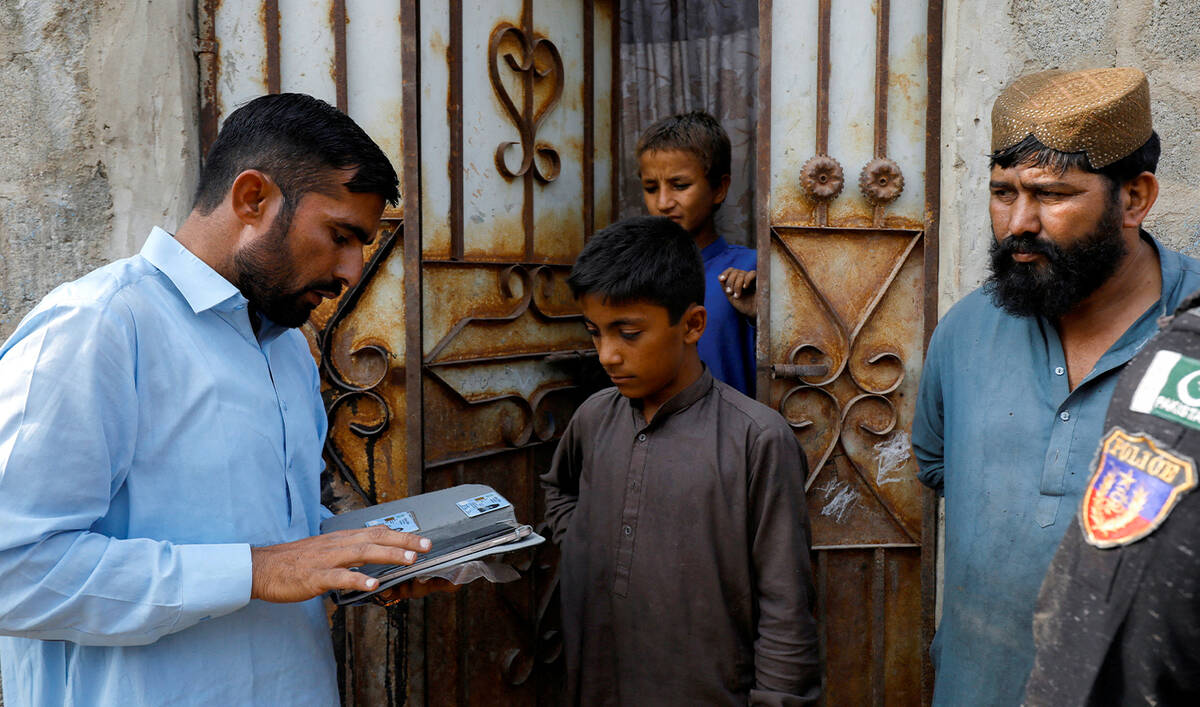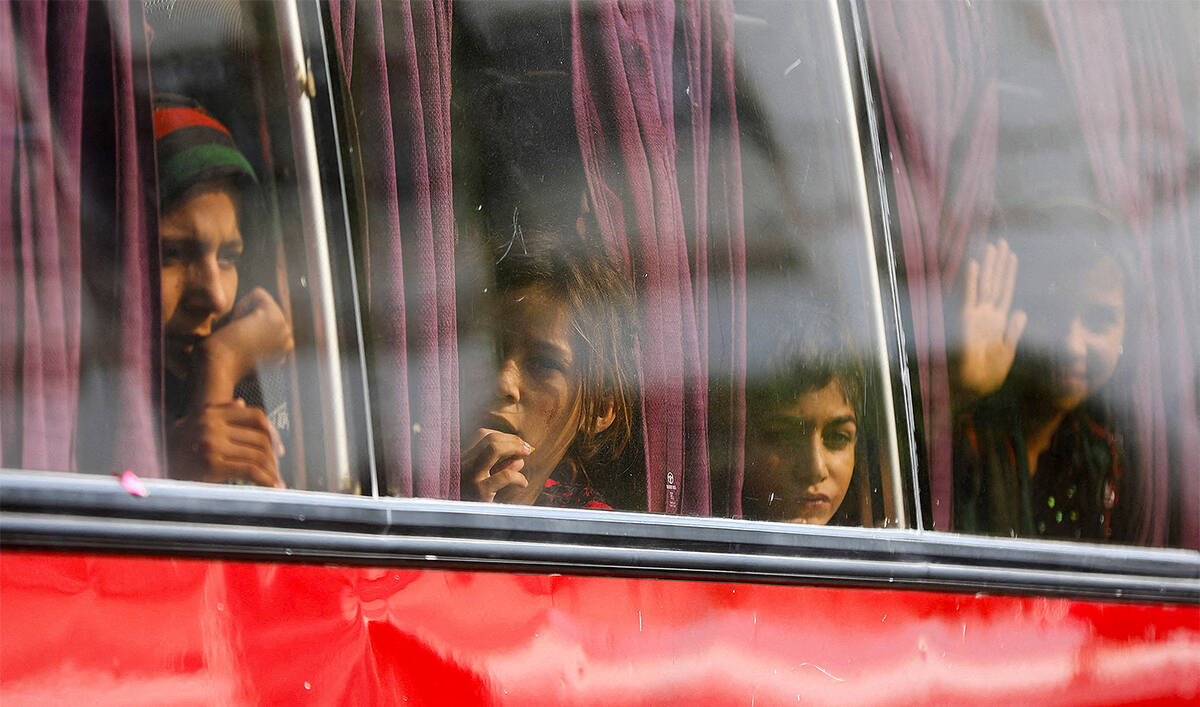KARACHI: Pakistan’s foreign direct investment (FDI) witnessed a slump of 45% in the month of February, the central bank data showed, with the Overseas Investors Chambers of Commerce & Industry (OICCI) pointing to the reluctance of investors to park their money in a country where “policies remain mostly inconsistent and businesses over-regulated.”
Pakistan’s government is working hard to convince foreign countries, including China, Saudi Arabia and United Arab Emirates as well as multinational firms, to invest in its mineral, agriculture, information technology and other sectors under the banner of the Special Investment Facilitation Council (SIFC), a civil-military forum.
The South Asian country of more than 240 million people, however, could only attract $95 million FDI in February compared with $172 million in the same month last year, according to the State Bank of Pakistan (SBP) data. Pakistan’s total FDI inflows in the first eight months of this fiscal year (Jun. 2024-Feb. 2025) stood at $1.62 billion.
“We lack consistency in our policies. Though political uncertainty is also important, policies that keep facing sudden changes, matter more,” said M. Abdul Aleem, chief executive officer of the Overseas Investors Chambers of Commerce & Industry (OICCI), told Arab News.
The OICCI is the oldest chambers of South Asia which represents more than 200 multinational companies operating in Pakistan. Some of its prominent members include Citibank N.A., Coca-Cola Beverages Pakistan Ltd., Akzo Nobel Pakistan Ltd., Toyota’s Pakistan unit Indus Motor Company Ltd., Mitsubishi Motors Corporation and Maersk Pakistan (Pvt.) Ltd.
In the past decade, Aleem said, his chamber had reinvested more than $22 billion in Pakistan, compared with $19.8 billion the country attracted on account of FDI from new projects, including the China-Pakistan Economic Corridor (CPEC).
“About 100 billion rupees of tax refunds of our member companies are stuck (with the government),” said the OICCI official, who has an extensive portfolio of leadership positions in Exxon Chemicals, Engro Corporation and the British American Tobacco Group UK.
Pakistan saw the departure of some large multinational companies in recent years.
TotalEnergies sold its 50% shareholding in Total PARCO Pakistan Limited to commodities giant Gunvor Group last year in August, while Shell Petroleum Company Limited signed an agreement with Wafi Energy LLC of Saudi Arabia to sell its majority stake in the Pakistan business in Nov. 2023.
“You saw some oil companies leaving Pakistan recently. Shell left, Total Parco left. They left because of all these factors that kept building up for years,” Aleem said.
“Many pharmaceutical companies shrank their businesses in Pakistan after the government started controlling the prices of medicines,” he said, without naming the firms.
Aleem cited Pakistan’s recently introduced refinery policy as an example that was “hurting” investor sentiment as a sudden change in the relevant tax laws made the deal “unviable” for companies.
“The foreign investors look at all these things and get upset. Good or bad you make a policy at once and do not change it,” he explained.
Pakistan faces a balance of payment crisis time and again and should therefore incentivize exports-oriented businesses that could invest their money in the country and export what they produce, according to the OICCI official.
“IT was one such area where the potential was very high. But then you see what sort of problems the Internet speed is facing,” he said.
Pakistan, a country of over 240 million, has witnessed up to 40% drop in Internet speeds in the last few months, according to the Wireless and Internet Service Providers Association of Pakistan (WISPAP). The drop came as the government last year moved to implement a nationwide firewall to block malicious content and protect government networks from cyberattacks, with IT associations saying the slowdowns have resulted in significant losses.
The OICCI secretary general said the government should activate the Board of Investment (BoI) to facilitate foreign investors through a one-window operation.
“The SIFC must be doing a good job but it is the Board of Investment’s job. If a foreign investor would deal with the army what impression would he get,” he said.
Pakistan constituted the SIFC, a civil-military body, in June 2023 to attract international investment in agriculture, energy, livestock, tourism, mining and minerals, and other priority sectors, amid an economic meltdown. The South Asian country averted a default that year, thanks to a $3 billion International Monetary Fund (IMF) program, and is currently navigating a path to economic recovery under another $7 billion IMF bailout.
Last week, Pakistan’s finance adviser Khurram Schehzad said the government was actively working to attract efficient, export-driven FDI to strengthen Pakistan’s economic foundation. But the country’s volatile security situation and the cash-strapped government’s revision of mid-stream unilateral contracts are further deteriorating the situation.
Kaiser Bengali, a Karachi-based development economist, said the SIFC was an ad hoc body which was working without having any “constitutional basis.”
“It is here today, gone tomorrow. Investors need certainty,” he said.
Bengali said Pakistan’s macroeconomic framework over the last four decades was geared to promote wealth generation via speculation in the stock market, real estate and under-invoicing of imports, rather than investment in productive sectors like manufacturing.
“Thus, foreign funds flow as short-term portfolio investment,” he said. “Thus, there is little incentive for serious FDI.”
Pakistan foreign direct investment declined 45% in Feb year on year, data shows
https://arab.news/g5a3x
Pakistan foreign direct investment declined 45% in Feb year on year, data shows

- Pakistan received $95 million FDI inflows last month, compared to $172 million in Feb. 2024
- Overseas chamber says multinational companies leaving Pakistan due to ‘inconsistent policies’
























